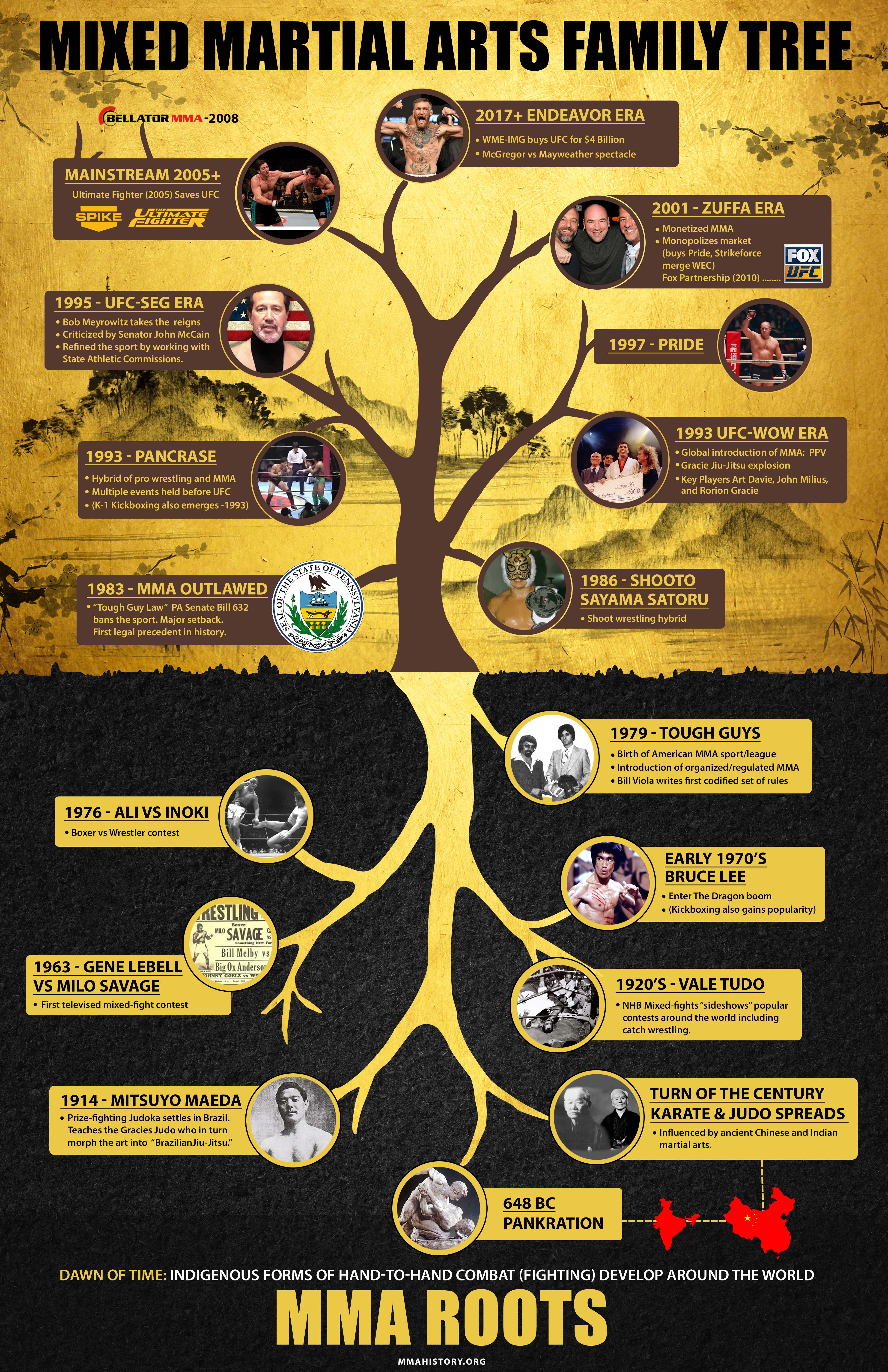Martial arts have an interesting background that covers centuries and continents. https://holdenudmvc.jaiblogs.com/62500741/empowering-personal-defense-the-art-of-self-defense-reflexes-and-understanding-enhancement-through-training might discover it fascinating how ancient methods like Shuai Jiao and Kalaripayattu laid the groundwork for contemporary combat techniques. These self-controls not only highlight physical abilities yet additionally mirror the societies that birthed them. As you explore their development, consider how globalization has actually changed these conventional types into crossbreed styles. What influences do you assume have shaped today's martial arts landscape?
Ancient Martial arts: The Foundations of Fight
As you look into the globe of ancient martial arts, you'll discover the rich structures that formed combat methods throughout cultures. Very early practices focused on Self-Defense and survival, often incorporating strikes, grappling, and weaponry.
In old China, as an example, strategies like Shuai Jiao stressed throws and joint locks, while India's Kalaripayattu showcased dexterity and fluid movement. Japanese samurai established Kenjutsu, a refined swordsmanship that highlighted discipline and method.
These martial arts served not just for battle however additionally as a way of personal advancement, instilling worths like regard and determination. The mixing of these strategies in time laid the groundwork for the diverse martial arts you see today, each mirroring the one-of-a-kind viewpoints and demands of its society.
The Cultural Impact on Martial Arts Advancement
While martial arts commonly reflect the useful requirements of a society, they also personify the social values and ideas of their beginnings. When you discover different martial arts, you'll notice exactly how they're influenced by faith, ideology, and social standards.
For example, the focus on respect and technique in Japanese martial arts comes from Zen Buddhism and samurai society. In contrast, Brazilian Jiu-Jitsu promotes flexibility and technique, shaped by the need for performance in a diverse, multicultural environment.
You could locate that the rituals, attires, and training approaches show a community's history and identity. By recognizing these cultural impacts, you deepen your gratitude of martial arts and their role in shaping human experiences around the world.
Modern Adaptations and the Globalization of Martial arts
Martial arts have actually changed dramatically in recent decades, adapting to contemporary society and worldwide impacts. You'll observe that typical forms have mixed with contemporary techniques, developing hybrid styles like mixed martial arts. These adjustments satisfy varied target markets, making martial arts obtainable and attractive around the world.
With the surge of social media and digital systems, you can discover tutorials and competitors from all corners of the world, damaging geographical barriers. This globalization has resulted in a shared recognition for various disciplines, from Brazilian Jiu-Jitsu to Taekwondo.
As you engage with these arts, you'll recognize they're not nearly combat; they advertise fitness, technique, and mental health.
Ultimately, modern-day adjustments have actually enriched the martial arts landscape, making it a dynamic and evolving method.
Final thought
In discovering the history and development of martial arts, you discover a fascinating mix of techniques, cultures, and philosophies. From old techniques like Shuai Jiao and Kalaripayattu to the modern flexibility seen in mixed martial arts, martial arts reflect mankind's mission for Self-Defense and individual development. As simply click the following post involve with these practices, you not just acquire skills but additionally a deeper recognition for the diverse traditions that form our globe today. So, proceed your journey and embrace the art of fight!
